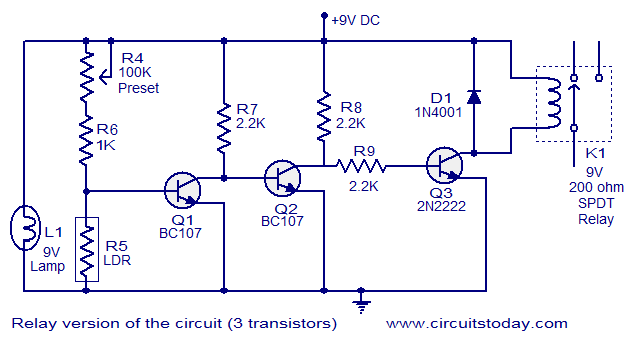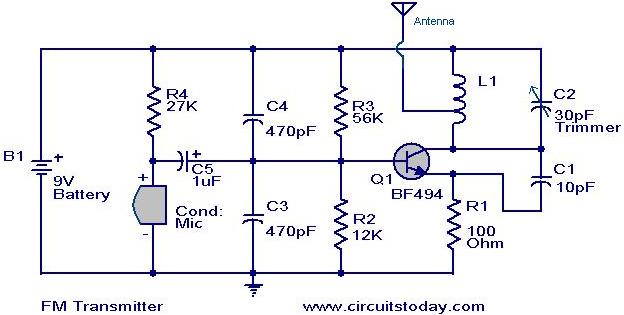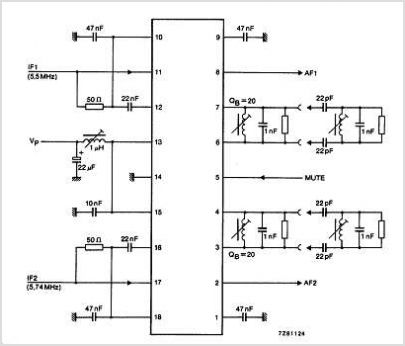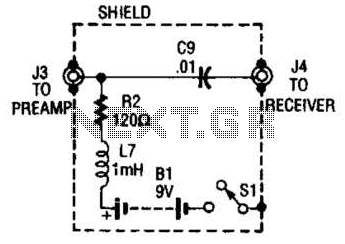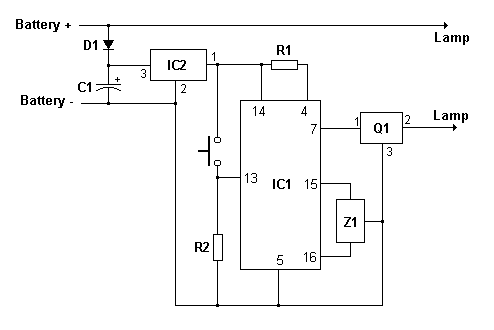
Automatic multipurpose emergency lights circuit diagram
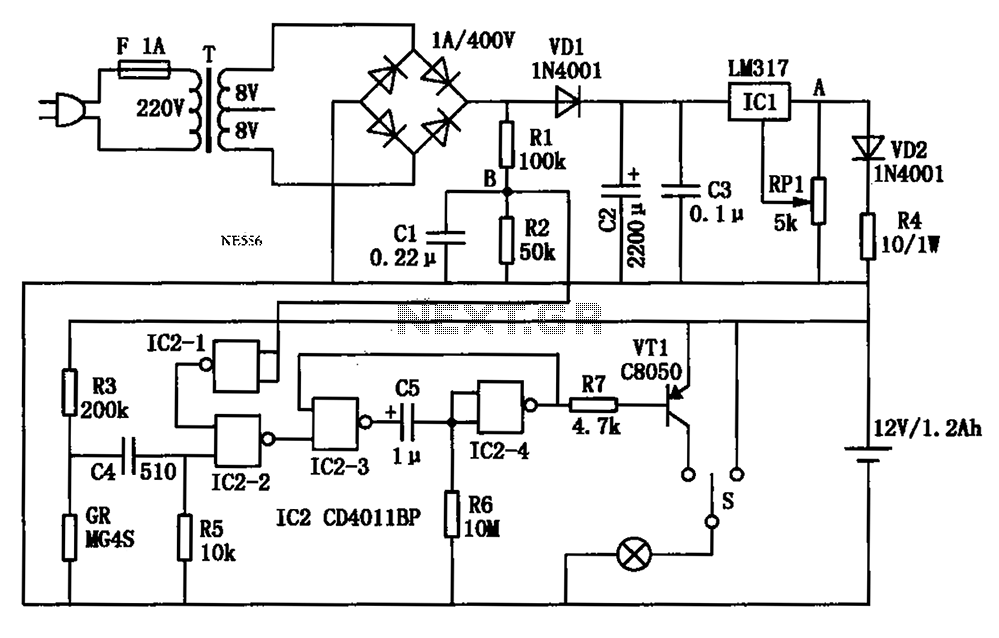
An automatic multipurpose emergency lights circuit is presented. Typically, emergency lights are connected to the mains for standby when fully charged. In the event of a sudden power failure, the ambient light transitions from strong to weak, indicating a smart detection of darkness due to power outages. The emergency lights activate promptly. After 10 minutes, the emergency lights will automatically turn off, as the general staff will have been evacuated to a safe location, eliminating the need for continued lighting. This automatic shutdown helps prevent excessive discharge of lead-acid batteries, thereby reducing the risk of damage.
The automatic multipurpose emergency light circuit is designed to provide reliable illumination during power outages while ensuring the longevity of the battery system. The circuit typically consists of several key components: a power supply unit, a battery management system, a light sensor, a microcontroller, and LED light sources.
The power supply unit is connected to the mains, allowing the circuit to charge the lead-acid batteries during normal operation. The battery management system monitors the state of charge of the batteries, ensuring they remain within safe operating limits. This system is crucial for maintaining battery health and preventing over-discharge.
A light sensor is incorporated into the circuit to detect ambient light levels. When the sensor detects a drop in light intensity, indicating a power failure, it sends a signal to the microcontroller. The microcontroller then activates the LED light sources, providing immediate illumination to the area. The circuit is programmed to keep the lights on for a preset duration, typically 10 minutes, after which it automatically turns off the lights to conserve battery power.
This feature is particularly important in emergency situations, where prolonged illumination is not necessary once personnel have evacuated to safety. The automatic shutdown mechanism helps prevent the batteries from entering a deep discharge state, which could lead to permanent damage.
Overall, the design of this emergency light circuit prioritizes functionality, safety, and efficiency, making it an essential component for any facility's emergency preparedness plan. Automatic multipurpose emergency lights circuit is shown. Usually emergency lights connected to the mains, in fully charged standby. When a sudden power failure and sudden ambi ent light from strong to weak when it is determined that this is a smart dark due to the power outages caused by lit and timely emergency lights. After 10min After the emergency light will automatically turn off, then the general staff had been evacuated to a safe location, no longer need to provide lighting, emergency lights can be turned off to prevent further damage to the excessive discharge of lead-acid batteries.
The automatic multipurpose emergency light circuit is designed to provide reliable illumination during power outages while ensuring the longevity of the battery system. The circuit typically consists of several key components: a power supply unit, a battery management system, a light sensor, a microcontroller, and LED light sources.
The power supply unit is connected to the mains, allowing the circuit to charge the lead-acid batteries during normal operation. The battery management system monitors the state of charge of the batteries, ensuring they remain within safe operating limits. This system is crucial for maintaining battery health and preventing over-discharge.
A light sensor is incorporated into the circuit to detect ambient light levels. When the sensor detects a drop in light intensity, indicating a power failure, it sends a signal to the microcontroller. The microcontroller then activates the LED light sources, providing immediate illumination to the area. The circuit is programmed to keep the lights on for a preset duration, typically 10 minutes, after which it automatically turns off the lights to conserve battery power.
This feature is particularly important in emergency situations, where prolonged illumination is not necessary once personnel have evacuated to safety. The automatic shutdown mechanism helps prevent the batteries from entering a deep discharge state, which could lead to permanent damage.
Overall, the design of this emergency light circuit prioritizes functionality, safety, and efficiency, making it an essential component for any facility's emergency preparedness plan. Automatic multipurpose emergency lights circuit is shown. Usually emergency lights connected to the mains, in fully charged standby. When a sudden power failure and sudden ambi ent light from strong to weak when it is determined that this is a smart dark due to the power outages caused by lit and timely emergency lights. After 10min After the emergency light will automatically turn off, then the general staff had been evacuated to a safe location, no longer need to provide lighting, emergency lights can be turned off to prevent further damage to the excessive discharge of lead-acid batteries.
Warning: include(/var/www/html/nextgr/partials/cookie-banner.php): Failed to open stream: Permission denied in /var/www/html/nextgr/view-circuit.php on line 713
Warning: include(): Failed opening 'partials/cookie-banner.php' for inclusion (include_path='.:/usr/share/php') in /var/www/html/nextgr/view-circuit.php on line 713
